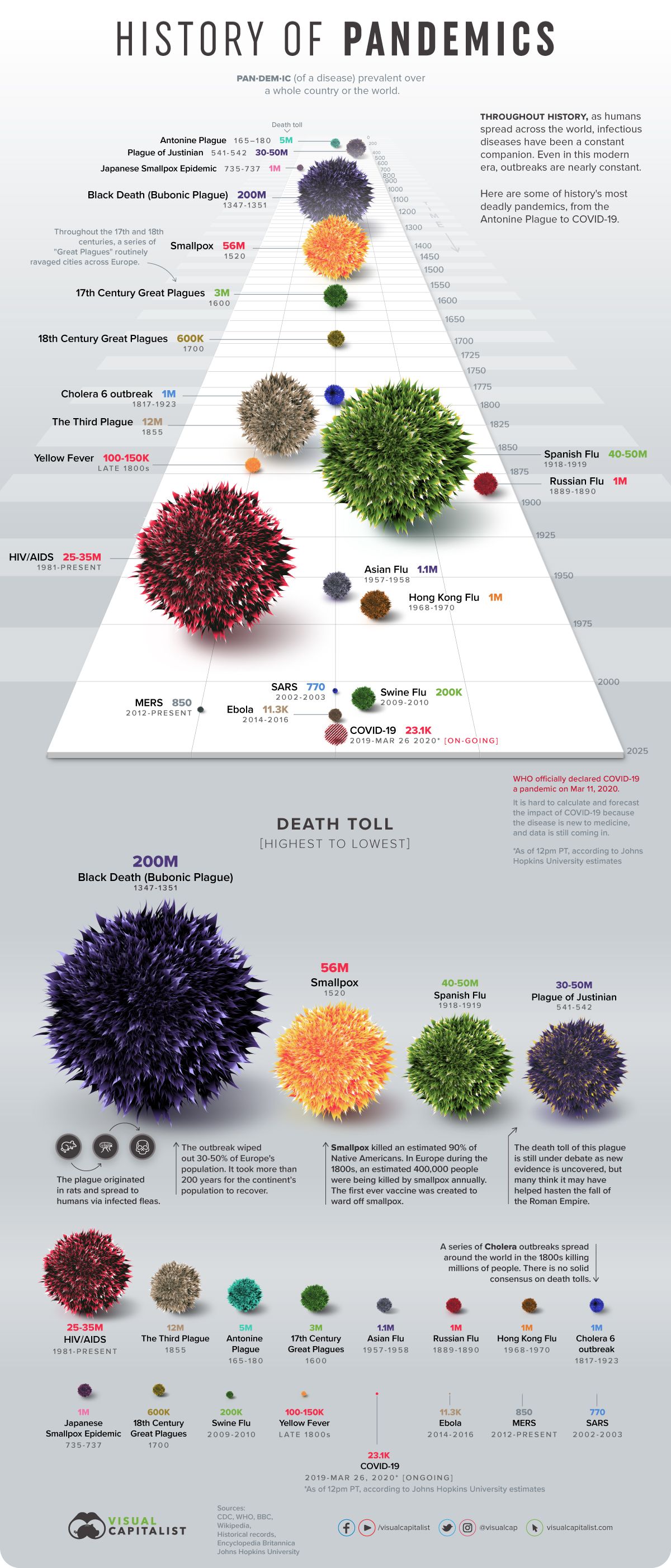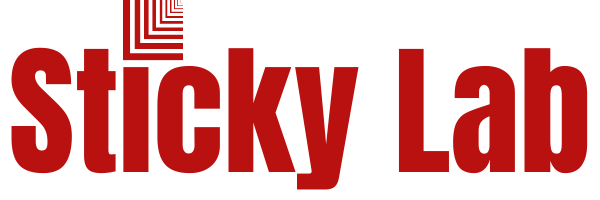
How do we plan when planning seems impossible?
We don't know what tomorrow will look like - any more than we ever did. So we make imperfect decisions, just as we always have. We move forward with our plans, modifying as we go, just as we always have.
What were you focused on a month ago? How has that changed today?
A month ago I was getting a new business off the ground and gearing up to launch this newsletter, the Sticky List, and a related blog that features interviews with innovators, instigators and artists, and explores creativity, ethos, innovation – and how we navigate the shifting landscapes of the 21st Century.
And then the world changed.
Like many who aren't working on the front lines of the pandemic, I've been thinking a lot about whether and how my work matters right now.
In the past few weeks, I've been talking with clients and colleagues about strategies for long term business viability. The Sticky List web site went live, with pre-pandemic stories that seem to hold up to the present moment. I've also been reading about other entrepreneurs figuring out how to move forward, like Indie Hacker's Channing Allen.
And I've drawn perspective from On Being's Krista Tippet: “Hope, like every virtue, is a choice that becomes a practice that becomes spiritual muscle memory. It’s a renewable resource for moving through life as it is, not as we wish it to be.”
These writings and conversations have helped crystallize my thinking.
If everyone is talking about COVID-19, do we really need to hear more? But how can we talk about anything else if that's what everyone is talking about? There's no right answer, but one comment in Allen's piece stands out: "Launch. Tomorrow does not exist."
Or rather, we don't know what tomorrow will look like - any more than we ever did. So we make imperfect decisions, just as we always have. We move forward with our plans, modifying as we go, just as we always have.
And so, I bring you this first issue of the Sticky List, highlighting the resilience, collaboration, adaptation, and powerful storytelling all around us in this current moment.
Each week, the Sticky List will share links and context for the most interesting, useful, and inspiring stories I've been gathering. The goal is to cut through the hype, connect some dots, and highlight what's possible as we navigate our shifting landscapes.
I've also introduced open office hours (gratis) for business and community leaders who are making tough decisions and would like a sounding board or communications coaching at this time. Please share this invitation, or schedule a chat if this could help you.
Read on. Stay well.
Erika
Storytelling
The Power of Story In Crisis: Andrew Cuomo Shows How It's Done. "Our need for compassionate, thoughtful, and decisive leadership is best served by a blend of hard truths and something far more difficult to conjure: the power of our collective human capacity for decency, love, and levity," writes David Rossiter.
A Really Sane, Sobering Perspective: Coronavirus Is Our Future. Alanna Shaikh, a global health systems expert, is a terrific messenger - honest and pragmatic. Her recent Ted talk is clear, concise, and useful. Watch it. Really.
Watch this simple whiteboard explainer about the power of social distancing by ER doctor Emily Porter, who’s also the sister of badass communicator, Congresswoman Katie Porter.
(Bonus: check out Porter's conversation on using props to give power to her message - including a “Financial Services Bingo Board” - with Seth Meyers on Late Night.)
Dissecting Jeff Bezos’ COVID-19 letter to Amazon Employees. Bill Murphy looks at the storytelling structure, as well as Bezos’ subtext on the implications of COVID-19 for business in general.
(More good storytelling: a visualization of Bezos' wealth using grains of rice. Juxtapose this with Amazon's solicitation of donations for a fund to support its contract workers who are affected by COVID-19.)
This is, ironically, a beautiful data visualization, from Visual Capitalist. "Disease and illnesses have plagued humanity since the earliest days, our mortal flaw...The more civilized humans became – with larger cities, more exotic trade routes, and increased contact with different populations of people, animals, and ecosystems – the more likely pandemics would occur.”

Resilience
Hope Is a Muscle. And this is a gym. Regimens for building the strength to walk toward change. Thoughtful perspectives on how to move into a new future from the archives of Krista Tippet's The On Being Project.
Atlas Obscura's WFH (Wonder From Home) "Wonder can be found all over, and right now, finding wonder matters. Over the coming weeks and months, we want to help you find people, places, and projects out there that inspire and help us all hold on to our spirit of discovery and sense of community. We’re calling it Wonder From Home—think of it as a different kind of WFH."
America Will Save America. Ann-Marie Slaughter writes that the U.S. is "...a horizontal, open society, one that is often inefficient but ultimately more innovative and resilient than closed, top-down systems. That is not to excuse the absence of national leadership; many Americans are likely to die who could have been protected had the nation been better prepared and better led. When people are suffering and dying and a virus is propagating, high-quality, centralized, top-down direction is critical.
"Over the longer term, however, we are better off with as much experimentation and as many leaders as possible, not only to spur the kinds of innovations that will protect us from the virus (vaccines, treatments, cheaper and better medical equipment) but also to guide our transition to a very different world."
Collaboration and Adaptation
Turning school buses into mobile WiFi hotspots with lunch delivery amid COVID-19 shutdowns. A startup repurposes its tech to provide critical services to schools that support students from low income families and breaks down conventional silos at the same time. School district transportation directors and nutritionists never work together. Now they are. Will cross-functional/cross-disciplinary collaboration in a time of crisis lead to more effective services in the future?
Why Birds Are the World’s Best Engineers In this visually and intellectually compelling story, Siobhan Roberts writes, "A nest has a certain chemistry — an alchemy, almost. From humble parts, a greater sum emerges and coheres. And, presumably, its generic principle would not be exclusive to nests. Rather, it would be widely applicable to structures in architecture, packaging, shock-absorption and more.”
End Notes
- Have a response? A request? A question or suggestion? Reply to this email and let me know what you're thinking.
- Are you making decisions as a business or community leader? Would you benefit from feedback on your stakeholder communications? I'm holding open office hours (gratis) for anyone who needs a sounding board, an outside perspective, or communications coaching. Please share this invitation, or schedule a video chat if this could help you.
- Finally, if you like what you're reading, please consider forwarding the Sticky List to your people!
Collaboration and Adaptation: Bonus links that didn't make it into the email
- Ford, GE, 3M Team up to produce ventilators and face shields.
- Italian startup Issinova has designed a valve that can be 3D printed to convert scuba masks into ventilators. The plans are freely available for anyone with a 3D printer.
- MIT Will Post Free Plans Online for an Emergency Ventilator That Can Be Built for $100
- Nurses at the Henry Ford Health System have designed a reusable mask and face shield that are now being produced in house by volunteers. Born out of brutal necessity, could such prototypes evolve to a permanent, more environmentally sustainable product in the long term, reducing the staggering amounts of waste in healthcare? “Nurses making their own protective equipment is a sign of how desperate the situation is,” said Jamie Brown, RN, president of the Michigan Nurses Association. “This is not an arts and crafts project – this is an extreme method of dealing with a dangerous situation. If nurses don’t have the right protection, it’s like being sent into a war with no armor.”


